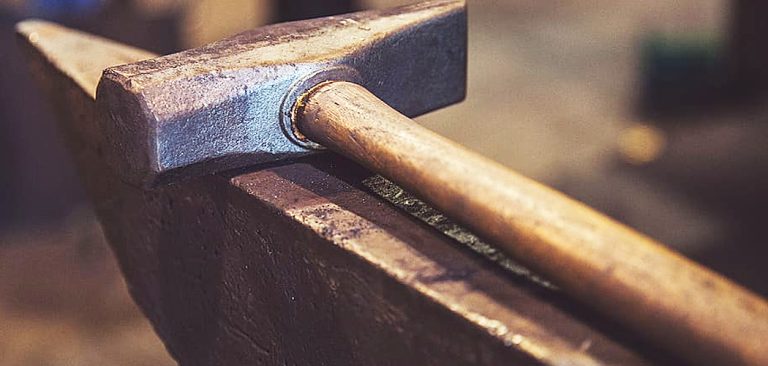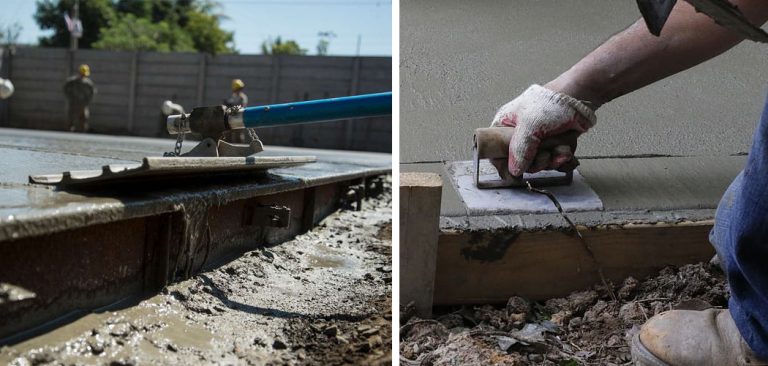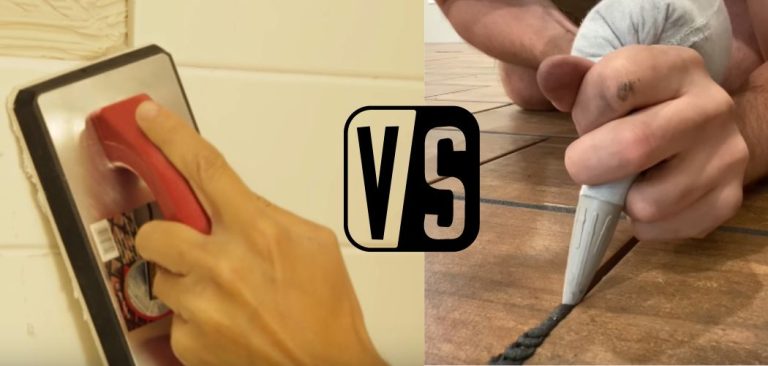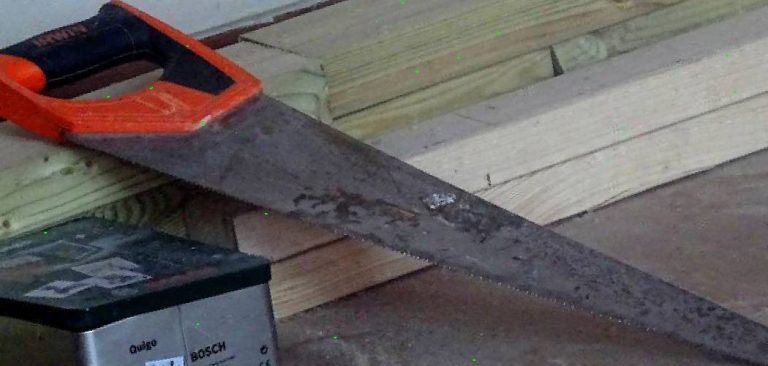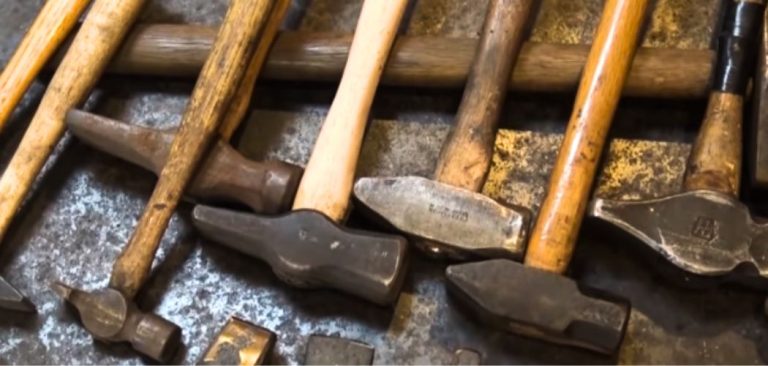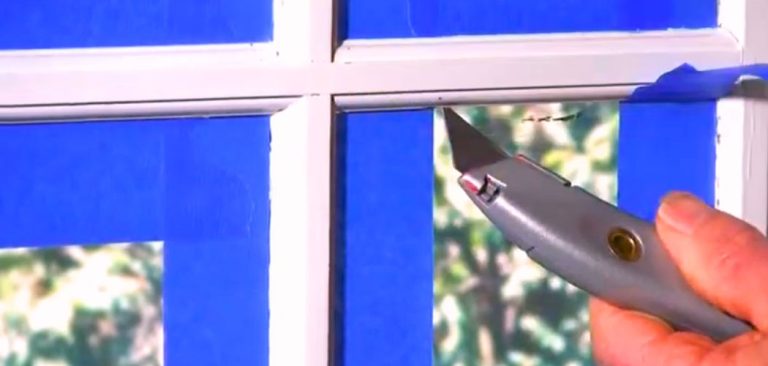Rawhide Mallet Uses
Are you a craftsman, technician, or hobbyist looking to perfect your artistry? Do not look ahead! Enter the wonderful world of raw lining – the ultimate craftsmanship essential. These extraordinary tools boast a soft yet durable raw head, providing unmatched precision and precision. At The Hammer Source, we present below a range of raw materials tailored to your specific needs; we hope you stay tuned.

Types of Rawhide Mallet and Their Uses?
The different types of rawhide mallets make them ideal for different applications. Below, I discuss different rawhide mallet uses and some statements and uses about them.
Solid Rawhide Mallet With Hickory Handle
Description: These mallets have solid raw heads and hickory handles that make them durable.
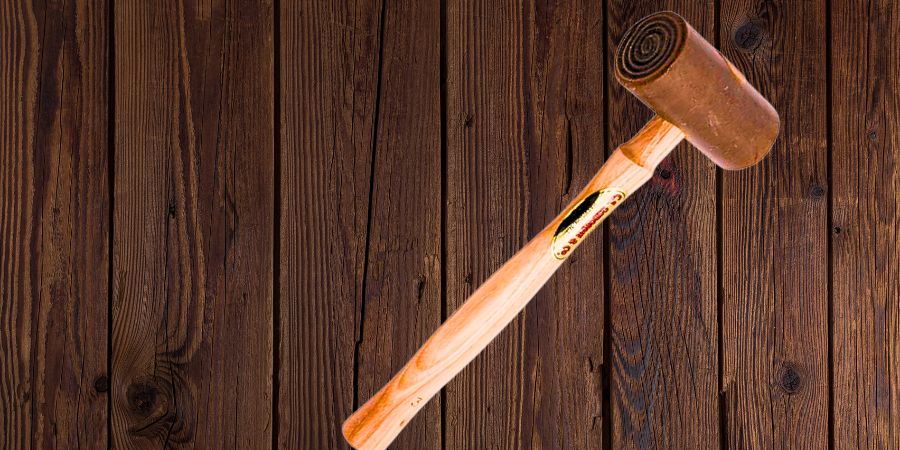
General Use: Ideal for instrument repair, key tapping, dent removal, and working on brass instruments. The soft rawhide ensures safe use on fine brass instruments while providing improved control.
Split-head Mallet With Replaceable Face
Description: These mallets have split heads with replaceable faces in rawhide, copper, and plastic options.
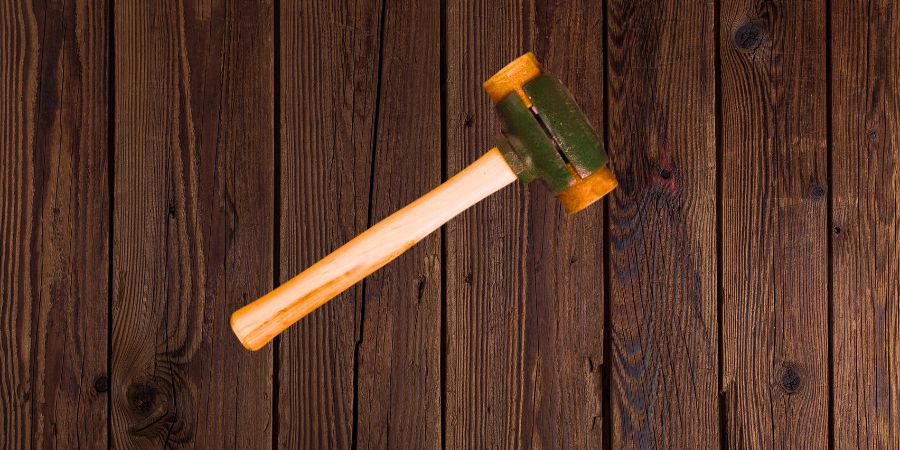
General Use: Versatile mallet suitable for a variety of applications. Raw faces are used for mild impact, copper faces are used for heavy-duty, and plastic faces are used for non-marring applications. Ideal for metalworking, woodworking, and general hammering.
Solid Head Mallets With Different Face Options
Description: Hardheaded mallet and choice of copper, rawhide, or combined copper and raw face.
General Use: Copper faces provide a solid strike for heavy-duty work, while rawhide minimizes abrasion on delicate materials. Composite faces provide adaptability. These mallets are perfect for metalworking, jewelry making, leatherworking, and more.
Each type of leather is designed to meet specific needs and protect the surfaces of soft materials while providing the striking force necessary for the task at hand. The choice of a mallet depends on the material you are working with and the type of work you have to do.
Rawhide Mallet Overall Uses?
Rawhide mallets are versatile tools with a variety of uses. Their soft rawhide faces make them ideal for applications where a softer impact is needed to prevent damage.
They are commonly used in instrument repair for tasks like tapping keys, key cups, and dents. They are also suitable for brass work and can safely be used on brass instruments. Rawhide mallets become softer
with use, providing a better feel and control.
What is a Rawhide Mallet Made of?
A rawhide mallet is typically made of a solid rawhide material. Rawhide is a type of leather that is made from the inner layer of an animal hide, usually from cattle. The rawhide is processed and treated to remove the hair and flesh, resulting in a tough and durable material.
It is then shaped and attached to a handle, often made of hickory wood, to create the rawhide mallet. The rawhide material provides a soft, striking surface that is less likely to damage delicate materials. It is suitable for various applications in industries such as instrument repair, metalworking, and woodworking.
Faq’s
What Are the Common Sizes of Rawhide Mallets Available?
Rawhide mallets are available in common sizes ranging from 2 oz to 24 oz (56.7g to 680g) with varying dimensions. They start around 3 in. x 1-¼ in. (76.2mm x 31.75mm) and can be larger. Lighter mallets, often resin-coated and tightly rolled, suit tasks like leatherwork, including stitch work, hardware installation, and securing glued layers.
Heavier mallets, sometimes incorporating steel or lead cores, are preferred for leather tooling and manipulating soft metals such as brass, copper, silver, and gold without causing damage.
Can I Replace the Rawhide Head of the Mallet if It Gets Damaged?
You can replace the rawhide head of a mallet if it gets damaged. Some rawhide mallets are designed with replaceable heads, which can be unscrewed or detached from the handle. If your mallet has this feature, you can simply replace the damaged head with a new one.
However, not all rawhide mallets have interchangeable heads, so it’s essential to check the design of your specific mallet to determine if the head can be replaced or if you’ll need to purchase a new mallet altogether if the head becomes damaged.
How do I maintain a rawhide mallet?
To prolong the life of your rawhide mallet:
Store it in a dry place away from direct sunlight. Avoid exposing it to excessive moisture, which can cause the rawhide to deteriorate. If the mallet becomes dirty, wipe it with a damp cloth and let it air dry.
Is a Rawhide Mallet Suitable for Woodworking Projects?
Rawhide mallets are commonly used in woodworking. They are valuable for tasks like driving chisels or fitting wooden parts together without causing damage or leaving marks.
Can I Use a Rawhide Mallet on a Leather Project
Absolutely! Rawhide mallets are frequently used in leatherworking. They help mold and shape leather without leaving visible imprints or causing excessive stretching.
How is a Rawhide Mallet Different From a Regular Hammer?
Unlike a regular hammer, a rawhide mallet has a head made of rawhide, which is softer and less likely to leave marks or cause damage to the struck surface. It makes it ideal for working with softer materials or delicate pieces.
Conclusion:
I have written the above article through my best recharge, and I hope it helps you a little bit. If you have any different opinions about this article, please let me know by commenting below.
Read also:-

